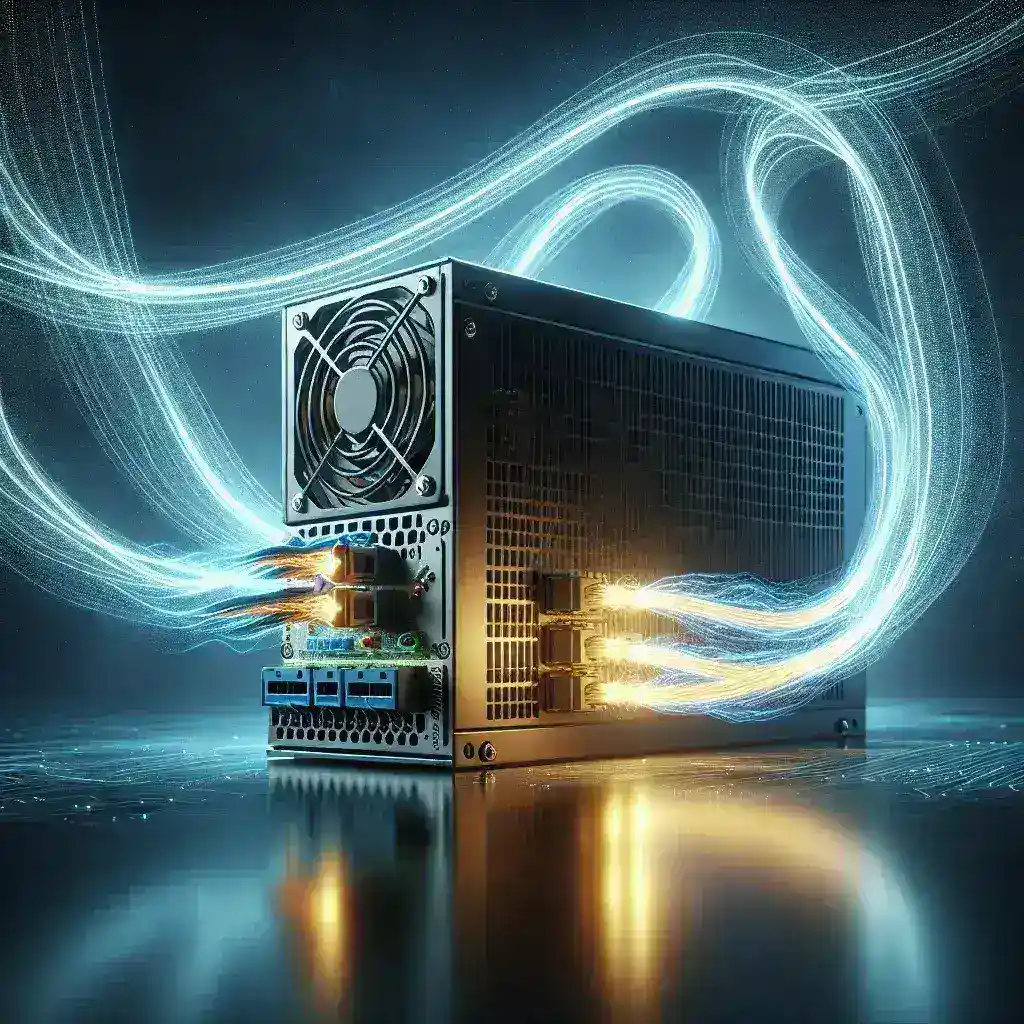Power supply efficiency is a critical aspect of electrical systems that affects both functionality and sustainability. Understanding what power supply efficiency means, how it is measured, and its implications is essential for consumers and manufacturers alike. In a world that increasingly prioritizes energy conservation, power supply efficiency plays a pivotal role in reducing energy waste and environmental impact.
| Term | Definition |
|---|---|
| Power Supply Efficiency | The ratio of output power to input power, expressed as a percentage, indicating how much of the input energy is converted into usable power. |
| Input Power | The total electrical power consumed from the mains supply. |
| Output Power | The usable electrical power delivered to the connected load. |
| Efficiency Calculation | Efficiency (%) = (Output Power / Input Power) × 100 |
Understanding Power Supply Efficiency
When we talk about power supply efficiency, we refer to a fundamental measure of how effectively a power supply unit (PSU) converts electrical energy from an outlet to usable power for electronic devices. The main goal of any PSU is to deliver a stable, clean, and efficient power supply to the connected components, such as computers, servers, or other electrical devices.
Importance of Power Supply Efficiency
The concept of efficiency is vital for several reasons:
- Energy Conservation: Higher efficiency means less energy waste and lower electricity bills.
- Environmental Impact: As energy consumption decreases, so do carbon emissions and the overall ecological footprint.
- Device Longevity: Efficient power supplies can lead to less heat generation, which prolongs the lifespan of electronic components.
- Regulatory Compliance: Many countries have regulations aimed at improving energy efficiency, making high-efficiency power supplies mandatory.
How to Calculate Power Supply Efficiency
Calculating the efficiency of a power supply is straightforward. You can use the following formula:
Efficiency (%) = (Output Power / Input Power) × 100
For example, if a power supply has an input power of 500 watts and an output power of 400 watts, the efficiency would be:
Efficiency (%) = (400 / 500) × 100 = 80%
Factors Affecting Power Supply Efficiency
Several factors influence the efficiency of a power supply, including:
- Load Conditions: Power supplies operate at different efficiency levels depending on load. Generally, they are most efficient at 50-75% of their maximum load.
- Design and Components: The choice of components in the PSU, like capacitors and transistors, significantly affects efficiency.
- Operating Temperature: Higher temperatures can reduce efficiency due to increased resistive losses in the components.
Types of Power Supply Efficiency Ratings
Power supply units are categorized based on their efficiency ratings. The following standards are commonly used:
- 80 PLUS: This certification indicates a minimum efficiency of 80% at specified load levels (20%, 50%, and 100%) across several models, like Bronze, Silver, Gold, Platinum, and Titanium.
- CERTIFIED ENERGY STAR: This rating is meant for devices that exceed the 80% threshold in energy efficiency and operate with low standby power consumption.
- EuP & ErP Standards: European regulations that enforce energy efficiency for power supplies, emphasizing low energy consumption during standby and operation.
Implications for the Environment
As global awareness of climate change increases, the efficiency of power supplies has a direct correlation with environmental impact:
- Reduction in Energy Consumption: Higher efficiency translates into less electricity needed, leading to reduced power plant emissions.
- Decreased Heat Output: Efficient power supplies generate less heat, which can be harnessed better or reduced in cooling costs in data centers.
How to Improve Power Supply Efficiency
Here are some tips to maximize the efficiency of your power systems:
- Choose High-Efficiency PSUs: Look for power supplies with high efficiency ratings, such as 80 PLUS Gold or Platinum.
- Maintain Optimal Load: Aim to keep the PSU operating between 50-75% of its capacity to achieve optimal efficiency.
- Upgrade Components: Use high-quality components that enhance performance and energy efficiency.
Common Myths about Power Supply Efficiency
Misconceptions about power supply efficiency can lead to poor decisions. Here are a few common myths:
- More Wattage Equals Higher Efficiency: Not necessarily; efficiency is about the transformation of power, not solely about wattage.
- Old Power Supplies are Fine: As technology advances, older PSUs may be less efficient than newer models, so upgrading can save energy and money.
Conclusion
Understanding power supply efficiency is essential for consumers, manufacturers, and environmental advocates. As energy conservation continues to gain importance globally, producing and using efficient power supplies will contribute significantly towards achieving a sustainable future. Striving for high efficiency not only benefits individual users through lower costs and longer-lasting devices but also has a broader impact on environmental conservation. Investing in high-efficiency power supplies and optimizing their use can yield substantial benefits both economically and ecologically.




Leave a Comment